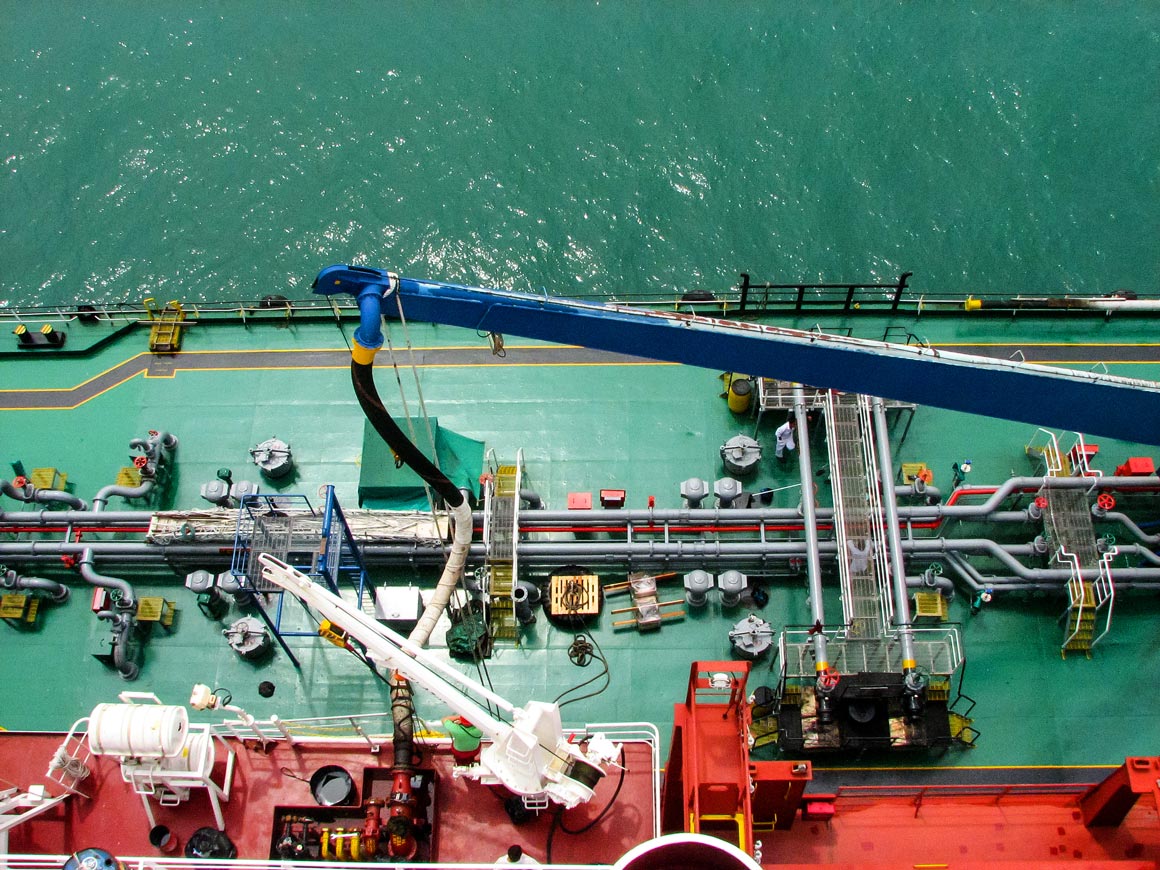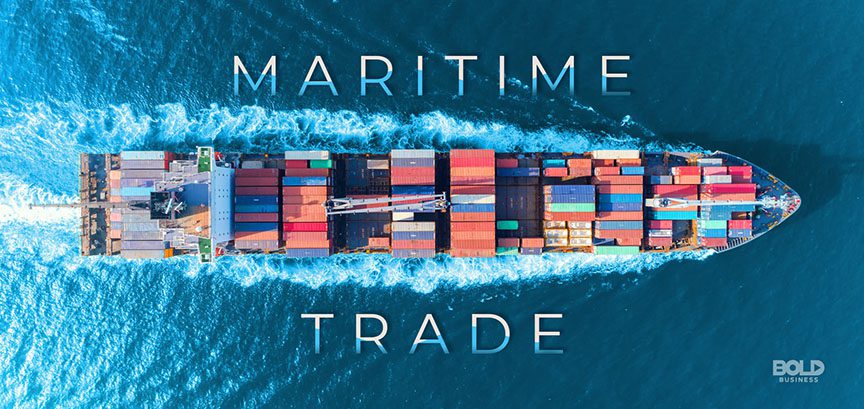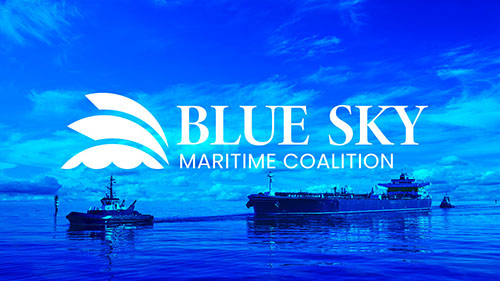1. Port and Terminal Information
1.1 Ulsan Port operates 24/7, including holidays, but specific terminals may have restricted hours. Confirm operational schedules with terminal operators in advance.
1.2 Main commercial terminals:
– Ulsan New Port Container Terminal (Max draft: 16m, 1,200m quay length, 6 berths)
– Hyundai Heavy Industries Quay (Max draft: 23m, 2,500m quay length, 8 berths)
– SK Energy Pier (for oil tankers, Max draft: 18.5m, 800m quay length, 4 berths)
– BPA Terminal (Bulk/Petrochemical, Max draft: 17m, 1,000m quay length)
– Ulsan Old Port (General cargo, Max draft: 12m)
1.3 Dangerous cargo operations require prior approval from Ulsan Regional Office of Oceans and Fisheries (ROOF). IMDG Code compliance is strictly enforced.
1.4 Port turning basin diameter: 600m (New Port), 450m (Inner Harbor)
1.5 Air draft restrictions: 55m at New Port due to container cranes
1.6 Port limits coordinates: 35°24’N to 35°32’N, 129°20’E to 129°28’E
2. Navigation and Pilotage
2.1 Compulsory pilotage area extends 3 nautical miles from the breakwater. Pilot boarding ground: 35°27’N, 129°22’E (WGS-84).
2.2 Vessels exceeding 300 GT must take pilots. Pilot transfer is conducted via pilot boat only – no helicopter transfer available.
2.3 Main channel depth is maintained at 18m (CD), but silting may occur after typhoons. Daily dredging operations are conducted in inner harbor areas.
2.4 Minimum underkeel clearance: 10% of vessel’s draft or 1.0m, whichever is greater
2.5 Tidal range: 0.3m (neap) to 1.2m (spring)
2.6 Strong currents (up to 3 knots) may occur near Onsan Peninsula during spring tides
2.7 Pilot boarding time: Must be requested at least 2 hours before ETA
2.8 Navigation restrictions apply for vessels >300m LOA during strong winds (>15m/s)
3. Anchorage Regulations
3.1 Designated anchorage areas:
– No.1 (35°28’N, 129°24’E) for vessels under 200m LOA
– No.2 (35°29’N, 129°25’E) for larger vessels
– Emergency anchorage (35°30’N, 129°26’E)
– Waiting anchorage (35°27’N, 129°23’E)
3.2 Anchorage holding ground is generally good (clay/mud), but vessels should maintain engine readiness during NE monsoon season (Nov-Mar).
3.3 Anchorage watch must be maintained at all times due to frequent small craft traffic. Port Control monitors VHF Ch 16/12.
3.4 Anchorage depth: 25-35m
3.5 Swing circle radius: Minimum 3 x LOA
3.6 Anchorage prohibited zones exist near submarine cables (chart reference: KHO 1021)
4. Cargo Operations
4.1 Container handling rate averages 25-30 moves/hour for post-Panamax cranes. Reefer plugs available at all container berths (440V/60Hz).
4.2 Bulk cargo (including petcoke) operations require pre-cleaning of holds to Korean FQS standards (MoLIT Notification No. 2019-78).
4.3 Tanker operations:
– Minimum 2 mooring boats required for vessels >50,000 DWT
– Static electricity protection protocols strictly enforced
– Maximum loading rate: 10,000m³/hr for crude oil
– Mandatory vapor recovery for VOC emissions
4.4 Grain operations: Mandatory insecticide treatment per Plant Quarantine Act
4.5 Steel coil handling: Special lifting gear required (confirm with terminal)
4.6 Breakbulk operations: Daytime only for heavy lifts (>50 tons)
4.7 Dangerous goods handling: Segregation zones strictly enforced per IMO guidelines
5. Safety and Emergency
5.1 Port emergency response team (ERT) maintains ISO 28000 certification. Emergency contact: VHF Ch 16 or +82-52-270-3119 (Port Control).
5.2 Mandatory safety equipment for all vessels: Korean-standard life jackets (KOMSA approved) for 110% of crew during port stays.
5.3 Oil spill response capability:
– 500-ton capacity dispersant stock
– 3,000m containment boom available within 2 hours notice
– 5 oil recovery vessels on standby
5.4 Firefighting capacity:
– 6 fireboats with 5,000m³/hr pumping capacity
– Foam stations at all oil terminals
5.5 Gangway requirements: Minimum width 0.8m with safety net
5.6 Security level: Normally MARSEC Level 1, may increase during special events
5.7 Emergency muster stations clearly marked at all berths
6. Environmental Regulations
6.1 Strict ballast water management (IMO D-2 standard enforced since 2019). Sampling may be conducted by KCG inspectors.
6.2 Open-loop scrubber discharge prohibited within 12nm of port limits (Marine Environment Management Act Article 16-2).
6.3 Garbage disposal must use licensed contractors only. Plastic waste must be segregated according to MOE Regulation 2018-204.
6.4 VOC recovery mandatory for crude oil tankers (>20,000 DWT) during loading
6.5 Underwater noise restrictions for marine mammals (Marine Ecosystem Conservation Act)
6.6 Sewage discharge prohibited within port limits (must use shore reception facilities)
6.7 Anti-fouling paint regulations strictly enforced (IMO AFS Convention)
7. Crew and Documentation
7.1 Crew shore leave permitted with valid CDC and passport, but COVID-19 testing may still apply (check with local agent).
7.2 Original certificates (including SMC, ISSC, CLC) must be available for inspection by KCG/MOF inspectors.
7.3 Mandatory pre-arrival reporting through KPAIS (Korea Port Advanced Information System) 48 hours prior to ETA.
7.4 Crew change procedures:
– Minimum 14-day quarantine for certain nationalities
– PCR test within 72 hours of arrival
7.5 Medical facilities: Ulsan University Hospital (designated port medical center)
7.6 Crew vaccination requirements: Yellow fever if coming from endemic areas
7.7 Ship’s stores declaration required for all provisions brought ashore
8. Special Notices
8.1 Annual port closure drill conducted every October – all vessels must participate in radio checks.
8.2 Typhoon season (July-September) requires additional mooring arrangements (minimum 8 lines for Panamax vessels).
8.3 Night navigation restrictions apply for vessels carrying Class 1 dangerous goods (explosives).
8.4 Fishing gear entanglement risk high near anchorage areas – maintain proper lookout
8.5 Military exercise areas occasionally established near port approaches – monitor NAVTEX
8.6 Port congestion may occur during peak seasons (March-May, September-November)
8.7 Special measures during G20 meetings or other high-profile events
9. Port Services
9.1 Bunkering:
– Available at all major berths
– Maximum flow rate: 1,000m³/hr
– Mandatory use of drip trays
– LSFO and MGO available at all terminals
9.2 Fresh water:
– Available at all berths (50-100m³/hr capacity)
– Potable water certificate required
– Minimum 24 hours notice for large quantities (>500m³)
9.3 Provisions:
– 24-hour delivery available
– Strict quarantine inspection for meat products
– Halal food available with advance notice
9.4 Waste disposal: Licensed contractors only, hazardous waste requires special handling
10. Legal and Administrative
10.1 Port dues calculated based on GT and stay duration (Port Authority Ordinance No. 2020-12)
10.2 Waste disposal fees: $150-500 depending on quantity and type
10.3 Mandatory use of local agents for all port formalities
10.4 Customs clearance typically requires 4-6 hours for standard cargo
10.5 Immigration procedures: Crew list must be submitted 24 hours before arrival
10.6 Port State Control inspections conducted under Tokyo MOU guidelines
10.7 Fines for non-compliance with environmental regulations can exceed $50,000
11. Weather Considerations
11.1 Frequent fog from March to May (visibility <500m on 15% of days)
11.2 Winter (Dec-Feb) northerly winds up to 30 knots common
11.3 Typhoon warning system:
– Stage 1: 48hr notice (prepare for departure)
– Stage 2: 24hr notice (all vessels must depart)
11.4 Wave height at anchorage can reach 3m during winter storms
11.5 Current weather updates available from Korea Meteorological Administration (KMA)
11.6 Ice accretion possible on vessel superstructures during winter
12. Communication Protocols
12.1 Primary working channel: VHF 12 (English/Korean)
12.2 Port Control operates 24/7 on VHF 16/12
12.3 Mandatory AIS transmission within port limits
12.4 ETA updates required at 24h, 12h, and 6h before arrival
12.5 Agent must confirm berthing plan 12 hours in advance
12.6 Pilot request must include vessel particulars and ETA at pilot station
12.7 Emergency communications protocol includes backup satellite phone numbers
13. Vessel Traffic Services (VTS)
13.1 VTS coverage area extends 20nm from port entrance
13.2 Mandatory reporting points at 12nm, 6nm and 3nm from pilot station
13.3 VTS operators fluent in English and Korean
13.4 Traffic separation schemes in approach channels
13.5 VTS may impose speed restrictions during peak traffic periods
14. Port Infrastructure
14.1 Tugboat availability: 12 units (50-80 tons bollard pull)
14.2 Mooring boat capacity: 20 units available
14.3 Ship repair facilities: 3 dry docks (up to 300,000 DWT capacity)
14.4 Crane capacity: Up to 1,000 tons for heavy lifts
14.5 Warehouse capacity: 500,000m² total
15. Security Measures
15.1 ISPS Code compliance strictly enforced
15.2 Restricted areas clearly marked at all terminals
15.3 Armed guards may be required for high-risk cargo
15.4 Cybersecurity protocols for shore-based communications
15.5 Drone restrictions within 5km of port facilities





